Breitblättrige Ständelwurz
Epipactis helleborine (L.) CRANTZ subsp. helleborine
Basionym: LINNÉ, Spec. Plant. 2: 949 (1753)
Typus: nicht festgelegt (BAUMANN, KÜNKELE & LORENZ, J. Eur. Orch. 34(1): 158 (2002))
Syn.:
(nur die wichtigsten, da zu viele Kombinationen der aufgeführten Gattungs- und Artnamen):
Serapias helleborine L. 1753
Epipactis helleborine b. viridans CRANTZ 1769
Epipactis latifolia (L.) ALLIONI 1785
Epipactis viridans (Crantz) BECK 1890
Helleborine latifolia (L.) DRUCE 1907
Epipactis youngiana A. J. RICHARDS & A. F. PORTER 1982
Etymologie:
Epipactis und Helleborine sind altgriechische Namen für Germer (Veratrum)-ähnliche Pflanzen.
viridans = grün, latifolia = breitblättrig.

Abb. 1
Deutschland, Frankenjura, Kinding, 29.07.2002, kleinwüchsige Pflanze im Schatten
Foto: WW
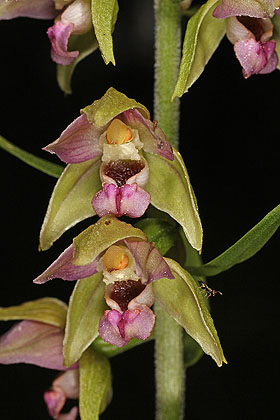
Abb. 2
Deutschland,Oberbayern, Pupplinger Au, 17.07.2011, kräftig gefärbte Blüten
Foto: WW
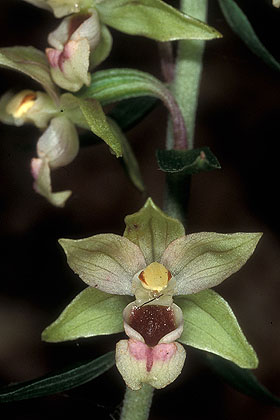
Abb. 3
Deutschland, Frankenjura, Kinding, 29.07.2002, Blüte der kleinwüchsigen Schattenpflanze
Foto: WW
Größe und Wuchs : |
(20-)40-75(-100) cm |
Stängel: |
einzeln, gerade, ziemlich dünn (Höhe/Stängeldurchmesser unter der untersten Blüte 170-270) |
Blätter: |
Laubblätter 3-5(-7), spiralig stehend (außer bei ganz kleinen Pflanzen), eiförmig bis eilanzettlich, meist etwa doppelt so lang wie ihre Internodien, das zweite von unten (4,5-)6,5-10(-15) cm lang und (2,5-)3-6(-7,5) cm breit, Länge/Breite = (1,1-)1,4-2,4(- 3,0); Hochblätter 1-4(-8). |
Blütenstand: |
(5-)10-25(-30) cm lang mit (5-)10-30(-50) Blüten, die Achse deutlich kurz behaart |
Fruchtknoten und Stiel: |
Stiel fast immer mit deutlich violetter Basis. Frucht eiförmig-elliptisch, ± hängend |
| Tragblätter: | lanzettlich, unterste 15-30(-40) mm lang, selten länger, waagrecht oder leicht aufwärts gerichtet |
Blüten: |
leicht glockig bis weit geöffnet, bei ausreichender Wasserversorgung waagrecht abstehend |
| Bestäubung: | allogam |
Sepalen: |
eilanzettlich, 9-11 mm lang; blassgrün, rot überlaufen bis rot |
Petalen: |
spitz eiförmig, weißlich, rosa bis hellrot, nicht kräftiger gefärbt als das Epichil |
Hypochil: |
innen dunkelbraun, seltener rötlich oder grün |
| Durchgang zwischen Hypo- und Epichil: | U-förmig, mäßig breit |
Epichil/Kalli: |
Epichil breit eiförmig, spitz oder stumpf, im Mittel 4,0 mm lang und 4,5 mm breit, Spitze zurückgeschlagen; weißlich, rosa bis rot, meist intensiver gefärbt als die Petalen; Seitenkalli und meist auch der Mittelkallus gut entwickelt |
Gynostemium: |
Viscidium groß, funktionell |
Blütezeit: |
(Anfang-) Mitte Juli bis Mitte (Ende) August |
Epipactis helleborine ist in allen vegetativen Merkmalen und der Blütenfarbe außerordentlich variabel. Kleine Pflanzen haben schmalere Blätter als große.
Bei schattigem Wuchsort sind die Laubblätter breit (spitz eiförmig), flach und dünn, bei hellem Wuchsort oft schmaler (lanzettlich), rinnig und oft etwas wellig. Dieser Ökotyp („Licht- oder Sonnenform“) ähnelt habituell (nicht in den Blüten!) E. muelleri. Ein anderer Ökotyp heller Wuchsorte besitzt breite, manchmal sogar runde, ledrige Laubblätter, die an der Basis gedrängt sind mit kurzen Internodien (im Gegensatz zu E. distans!); dieser Typ wird oft fälschlicherweise als „orbicularis“ bezeichnet.
Auffallend kleine und schlanke Pflanzen siehe auch unter subsp. minor und E. moratoria.
Ebenso ist die Blütezeit sehr weit gespannt; an einigen Stellen kann man beobachten, dass Pflanzen mit bis zu 4 Wochen Unterschied aufblühen, ohne dass weitere durchgängige morphologische Unterschiede erkennbar sind. In der Türkei sind bereits ab Mitte Mai blühende Pflanzen zu finden.
Verwechslungsmöglichkeit:
Zu den Unterschieden zwischen der subsp. helleborine und den subsp. minor bzw. E. moratoria siehe bei diesen.
Gegenüber einer ganzen Reihe von Arten (z.B. Epipactis aspromontana, E. autumnalis, E. distans, E. neglecta...) lässt sich E. helleborine nur schwierig abgrenzen, siehe dazu bei den betreffenden Arten. Oft hilft aber die Formel: Epichil breiter als lang.
Verbreitung
Gebiet: |
In der temperierten Klimazone von der Atlantikküste bis zum Baikalsee in Sibirien, in Nordamerika großräumig eingebürgert |
Höhe: |
0 - 2100 m |
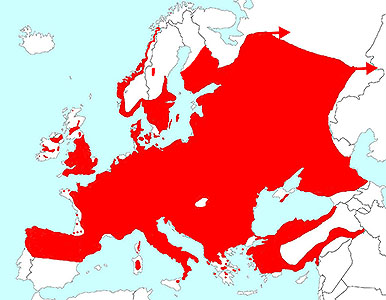
Stand 2020
Verbreitungsgebiet
Kartenquelle: www.mygeo.info
Boden: |
normalerweise frische, schwach saure bis schwach basische Böden, gelegentlich auch im Kalkschotter oder auf Sandboden, selten sogar in dauerfeuchten Bereichen |
Exposition: |
------ |
Biotoptyp: |
Laub- und Mischwälder (bevorzugt an Waldwegen und lichteren Stellen), Nadelwälder,Gebüsche |
Epipactis helleborine ist eine ganz außergewöhnliche Art, die nicht nur äußerlich sehr variabel ist, sondern auch höchst vital sich an die unterschiedlichsten Wuchsorte anpassen kann und neue Areale (Nordamerika) ebenso besiedelt wie neue Lebensräume (Abraumhalden, Gärten, Friedhöfe...). Wegen der ausgeprägten Mykotrophie ist allerdings die Nähe von Holzgewächsen günstig.
Wohl im gesamten Areal von Epipactis helleborine kann man in einzelnen Populationen einen Trend zur Autogamie beobachten: das (immer vorhandene!) Viscidium verliert im Verlauf der Anthese seine Funktionsfähigkeit und die Pollinien lockern sich auf, so dass die in den Blüten zahlreich auftretenden Kleininsekten Pollinienfragmente verschleppen können; allerdings scheint bisher nicht nachgewiesen zu sein, dass es ohne Mitwirkung von Insekten zu einem nennenswerten Fruchtansatz kommt. Einige in England (Northumberland) auf Schwermetall-Böden wachsende teil-autogame Populationen wurden 1982 unter dem Namen Epipactis youngiana A. J. RICHARDS & A. F. PORTER beschrieben. Spätere Untersuchungen (HOLLINGSWORTH et al., Current taxonomic research on the British & European flora: 27-44 [2006]) konnten aber zeigen, dass es sich bei E. youngiana lediglich um lokale Standort-Modifikationen von Epipactis helleborine handelt.
Gelegentlich findet man schneeweiße Exemplare ohne Chlorophyll, die ggf. noch violettroten Farbstoff (am Stängelgrund und in den Blüten) besitzen. Ähnliches kann man auch bei anderen, stark mykotrophen Waldorchideen wie Epipactis purpurata, E. leptochila und Cephalanthera damasonium beobachten.
Die Blüten emittieren einen Duft, wie er sonst von Blättern abgegeben wird, die von Raupen befressen werden und locken dadurch Kurzkopfwespen (Vespula vulgaris und V. germanica) an, die Raupen als Futter für ihre Brut sammeln wollen. Stattdessen werden die Wespen auf den Nektar im Hypochil gelenkt und bestäuben dabei die Blüten.
Problematik
Bedingt durch die außergewöhnlich große Variabilität ist eine eindeutige Abtrennung von Unterarten schwierig. Ebenso ist die Abgrenzung gegenüber den „mediterranen Randsippen“ wie Epipactis tremolsii und Epipactis latina mitunter problematisch.
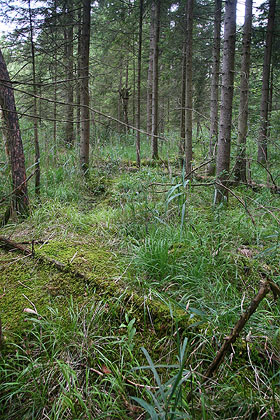
Abb. 4
Deutschland, Tutzing, nasser Fichtenwald am Moorrand,
15.07.2011
Foto: HP

Abb. 5
Deutschland, Puppling, auf Flussschotter, 17.07.2011
Foto: HP
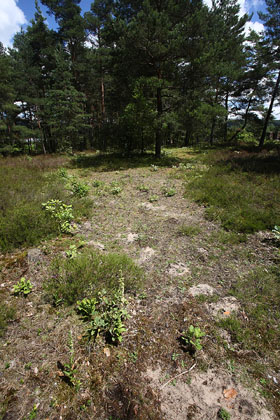
Abb. 6
Deutschland, Neumarkt, trockener Sandboden
08.07.2011
Foto: HP
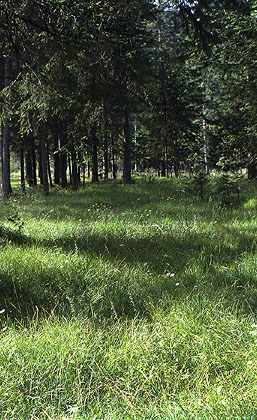
Abb. 7
Deutschland, Fernpass, wechselfeuchter Kiefernwald,
28.07.1990
Foto: HP

Abb. 8
Italien, Mt. Amiata, 06.08.2012
Foto: HP
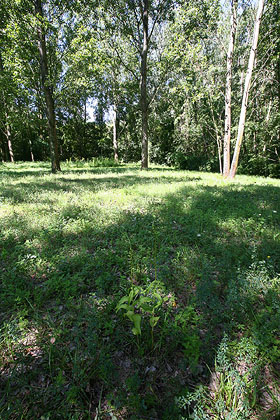
Abb. 9
Frankreich, Vienne Rhone, leicht feuchter Schwemmboden,
04.08.2010
Foto: HP
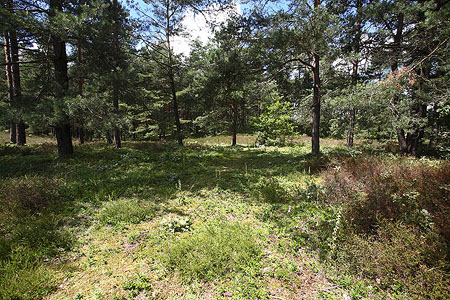
Abb. 10
Deutschland, Neumarkt, trockener Sandboden, 08.07.2011
Foto: HP

Abb. 11
Frischer Buchenwald mit lichten Stellen entlang eines Bachlaufes; Dänemark, Moesgard, 26.07.2017
Foto: UG

Abb. 12
Deutschland, Oberbayern, Ferchensee, 31.07.1994, breitblättrige große Pflanze bei hellem Wuchsort
Foto: WW

Abb. 13
Deutschland, Oberbayern, Ferchensee, 31.07.1994,
breite Blätter bei sonnigem Wuchsort
Foto: WW
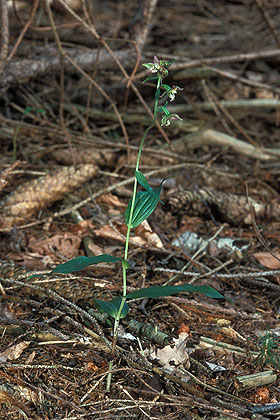
Abb. 14
Deutschland, Oberbayern, Uffing, 30.07.1998, kleinwüchsige Pflanze im Schatten
Foto: WW
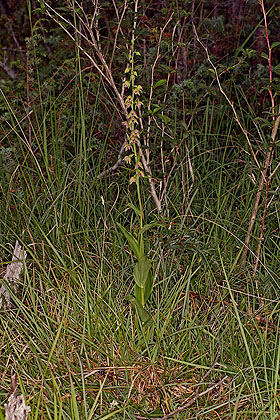
Abb. 15
Deutschland, Oberbayern, Pupplinger Au, 17.07.2011
Habitus bei hellem Wuchsort
Foto: WW

Abb. 16
Deutschland,Oberbayern, Pupplinger Au, 17.07.2011 lockerer Blütenstand
Foto: WW
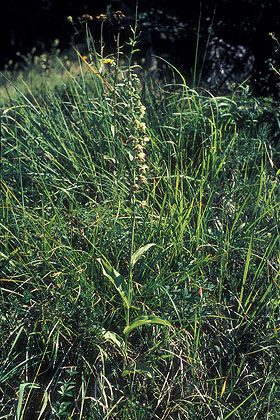
Abb. 17
Deutschland, Oberbayern, Fall, 01.08.1995
Habitus bei hellem Wuchsort: “Sonnenform”
Foto: WW

Abb. 18
Deutschland, Neumarkt, trockener Sandboden,
08.07.2011
Foto: HP

Abb. 19
Deutschland, Neumarkt, trockener Sandboden, relativ kurze, schräggestellte, gewellte Blätter,
08.07.2011
Foto: HP
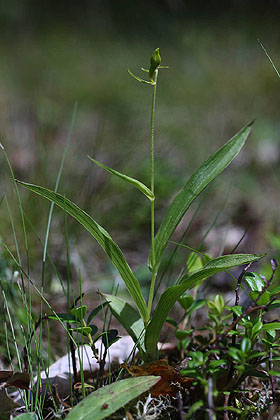
Abb. 20
Deutschland, Neumarkt, trockener Sandboden.Sehr selten kommen solch wenigblütige Exemplare vor. Jungpflanzen haben generell verhältnismäßig lange Blätter.
08.07.2011
Foto: HP
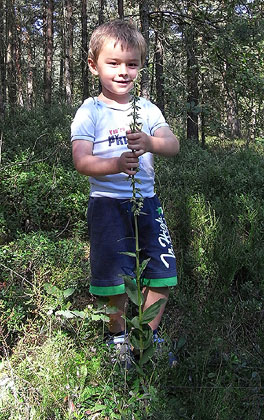
Abb. 21
Deutschland, Neumarkt, trockener Sandboden, sehr kräftiges, dabei kurzblättriges Exemplar
08.07.2011
Foto: HP
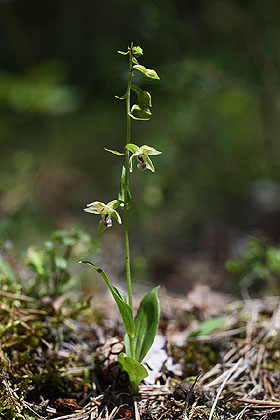
Abb. 22
Deutschland, Neumarkt, trockener Sandboden, kleinwüchsiges Exemplar
08.07.2011
Foto: HP
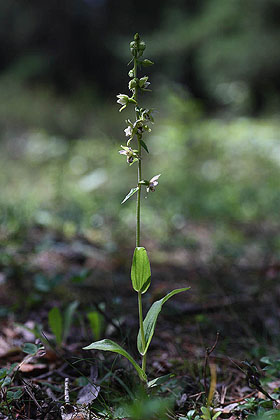
Abb. 23
Deutschland, Neumarkt, trockener Sandboden, kleinwüchsiges Exemplar
08.07.2011
Foto: HP
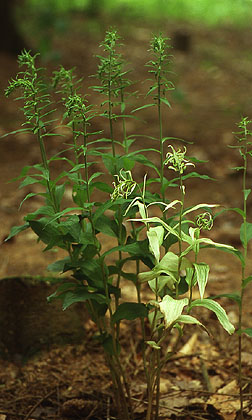
Abb. 24
Deutschland, Limburg, teils chlorotisch,
24.07.1995
Foto: HP

Abb. 25
Deutschland, Neumarkt, leicht feuchter Sandboden, Population mit auffallend langen, schlaffen Blättern, (Ep. moratoria?)
04.08.2009
Foto: HP
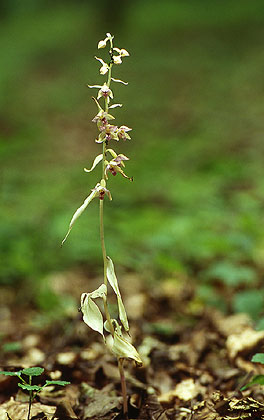
Abb. 26
Deutschland, Landershofen, chlorotisch, 19.07.1996
Foto: HP
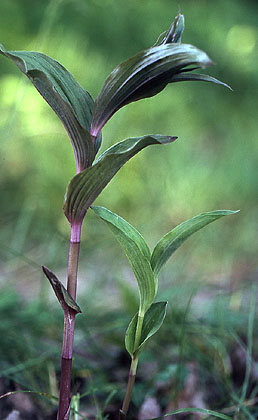
Abb. 27
Deutschland, Großmehring, violett überlaufen
10.06.2013
Foto: HP

Abb. 28
Deutschland, Neumarkt, trockener Sandboden, kurze, eiförmige Blätter bei kräftigem Wuchs
08.07.2011
Foto: HP

Abb. 29
Deutschland, Frankenjura, Walting, 20.07.1997,
kleine, schmalblättrige Pflanze bei schattigem Wuchsort
Foto: WW

Abb. 30
Deutschland, Aachen, fast chlorotisch, auf schwermetallbelasteter Steinbruch-Abraumhalde,
22.07.1989
Foto: HP
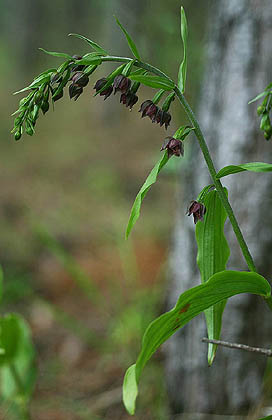
Abb. 31
Deutschland, Thüringen, Zella/Rhön. Extrem selten sind derart dunkel gefärbte Blüten. 17.07.2016
Foto: HP

Abb. 32
Deutschland, Thüringen, Zella/Rhön. Extrem selten sind derart dunkel gefärbte Blüten. 17.07.2016
Foto: HP
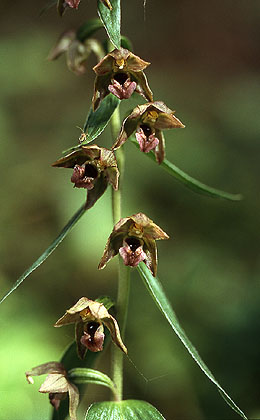
Abb. 33
Deutschland,Pfahldorf, lange Tragblätter,
22.08.2002
Foto: HP

Abb. 34
Deutschland, Wolfratshausen, schattig stehende Pflanze, 19.07.2011
Foto: UG
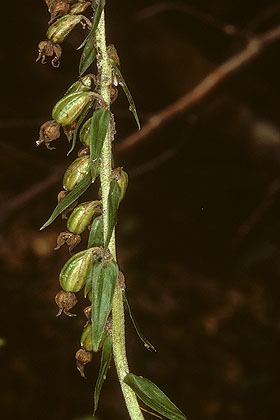
Abb. 35
Deutschland, Oberfranken, Kasberg,07.09.2009, Fruchtstand
Foto: WW

Abb. 36
Deutschland, Oberfranken, Kaider, 22.07.1995, Variabilität der Blütenfarbe innerhalb einer Population
Foto: WW

Abb. 37
Deutschland, Landershofen, chlorotisch, 19.07.1996
Foto: HP
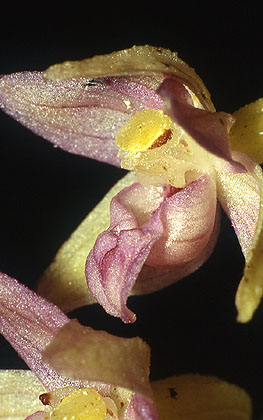
Abb. 38
Deutschland, Landershofen, chlorotisch, 19.07.1996
Foto: HP
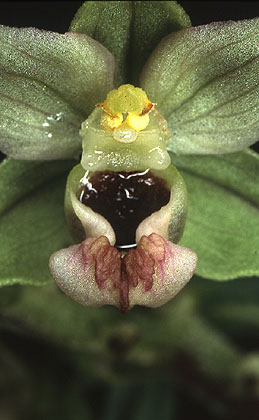
Abb. 39
Deutschland, Eifel, besonders kräftige Kalli, 03.08.2001
Foto: HP
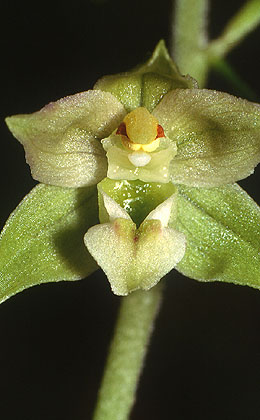
Abb. 40
Deutschland, Böhmfeld, grünes Hypochil,
25.08.2002
Foto: HP

Abb. 41
Deutschland, Neumarkt, Viscidium vertrocknet, Pollinien werden bröselig
27.07.2009
Foto: HP
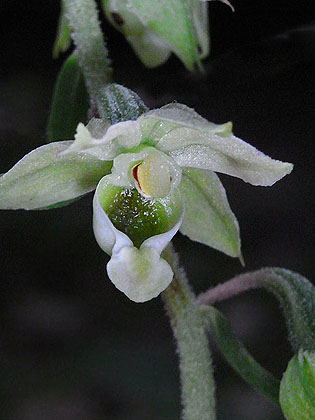
Abb. 42
Deutschland, Neumarkt, reduziertes Epichil, Viscidium fehlend,
27.07.2009
Foto: HP
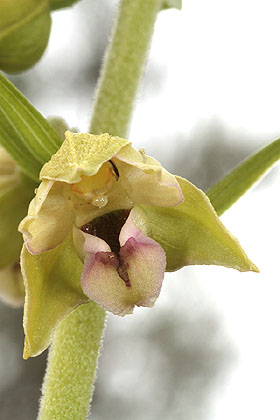
Abb. 43
Deutschland, Wolfratshausen, sonnig stehende Pflanze, 19.07.2011
Foto: UG
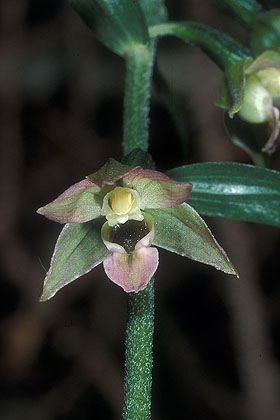
Abb. 44
Deutschland, Oberbayern, Uffing, 30.07.1998,
Blüte der kleinwüchsigen Schattenpflanze
Foto: WW

Abb. 45
Dänemark, Moesgård, halbschattig stehend,
26.07.2017
Foto: UG
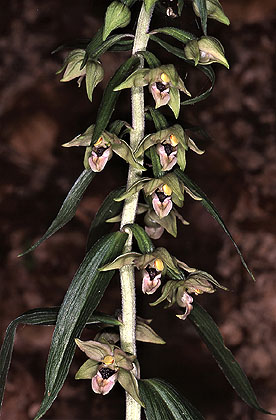
Abb. 46
Dänemark, Moesgård, schattig stehend, lange Tragblätter,
26.07.2006
Foto: SH

Abb. 47
Dänemark, Moesgård, schattig stehend, lange Tragblätter,
26.07.2006
Foto: SH
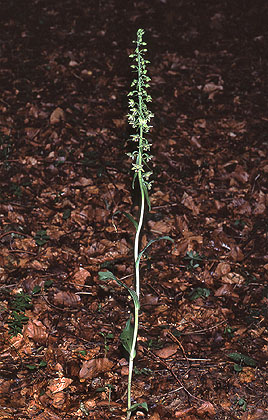
Abb. 48
Dänemark, Stouby, schattig stehend, kurze Blätter, lange Tragblätter, lange Blütenstiele,
28.07.2006
Foto: SH
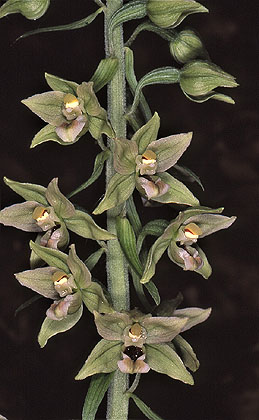
Abb. 50
Dänemark, Stouby, schattig stehend, kurze Blätter, lange Tragblätter, lange Blütenstiele,
28.07.2006
Foto: SH
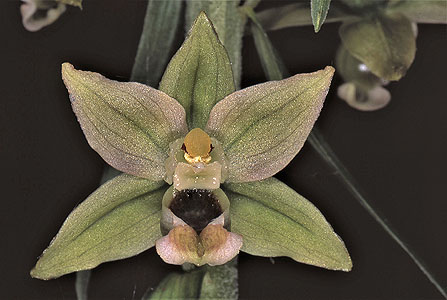
Abb. 49
Dänemark, Stouby, schattig stehend, kurze Blätter, lange Tragblätter, lange Blütenstiele,
28.07.2006

Abb. 51
Dänemark, Moesgård, schattig stehend,
26.07.2006
Foto: SH

Abb. 53
Dänemark, Moesgård, halbschattig stehend,
26.07.2017
Foto: Katja GRABNER
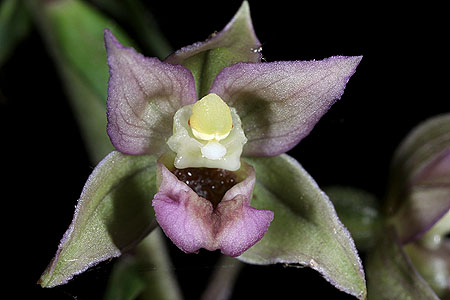
Abb. 52
Dänemark, Moesgård, halbschattig stehend,
26.07.2017
Foto: UG
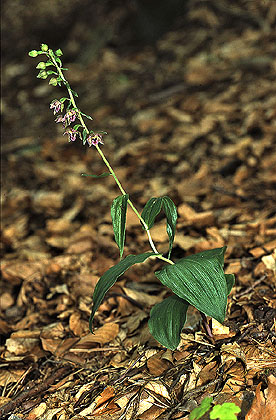
Abb. 54
Slowakei, Omšenje, schattig stehend,
27.07.2004
Foto: SH
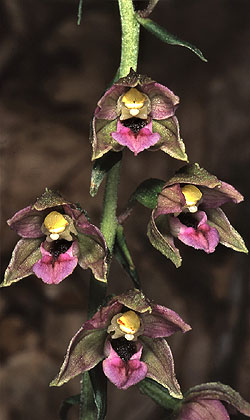
Abb. 56
Slowakei, Omšenje, schattig stehend,
27.07.2004
Foto: SH
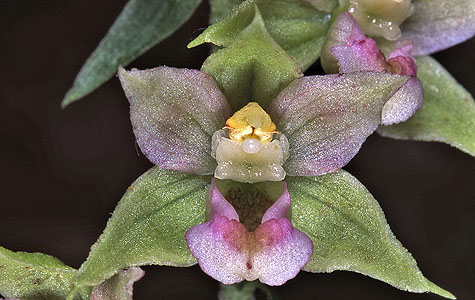
Abb. 55
Slowakei, Stražov, schattig stehend,
01.08.2005
Foto: SH

Abb. 57
Slowakei, Stražov, schattig stehend,
01.08.2005
Foto: SH
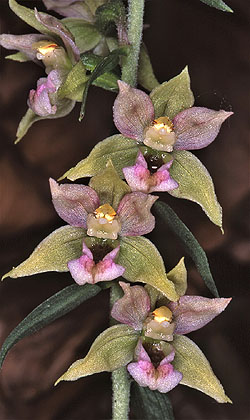
Abb. 58
Slowakei, Stražov, schattig stehend,
01.08.2005
Foto: SH
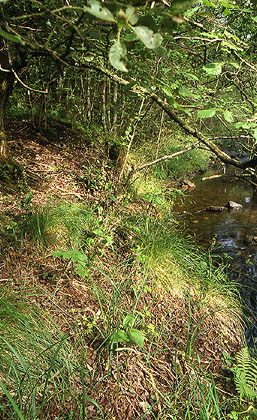
Abb. 59
England, Stonecroft Farm, 06.08.2002, luftfeuchter Wald
Foto: HP
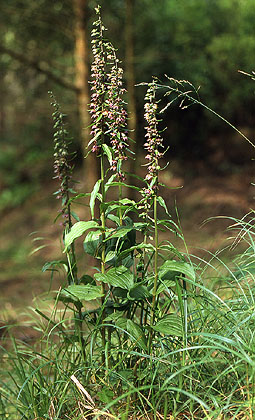
Abb. 60
England, Stonecroft Farm, 06.08.2002, luftfeuchter Wald
Foto: HP
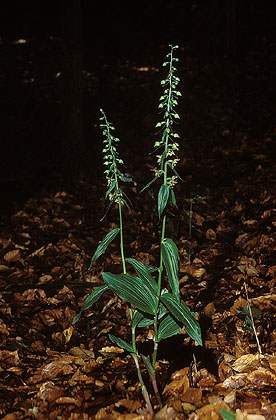
Abb. 61
Großbritannien, Südengland Milford, 05.07.1992
Foto: EG

Abb. 62
Nordirland, Larne, 12.08.2002
Foto: HP
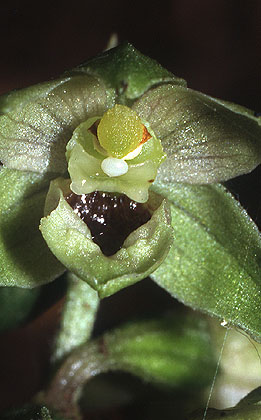
Abb. 63
Nordirland, Larne, Epichil nicht umgeschlagen, 12.08.2002
Foto: HP
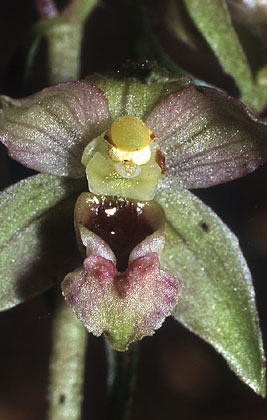 Abb. 64
Abb. 64 Nordirland, Larne, 12.08.2002
Foto: HP

Abb. 65
Großbritannien, Südengland Milford, 05.07.1992
Foto: EG
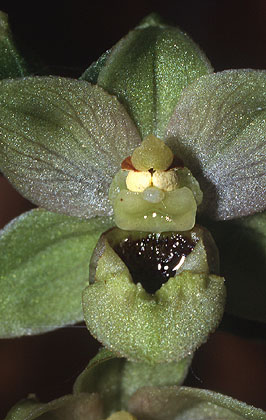
Abb. 66
Nordirland, Larne, 12.08.2002
Foto: HP
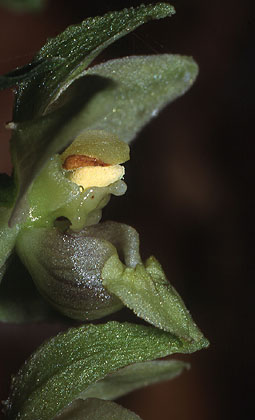
Abb. 67
Nordirland, Larne, 12.08.2002
Foto: HP
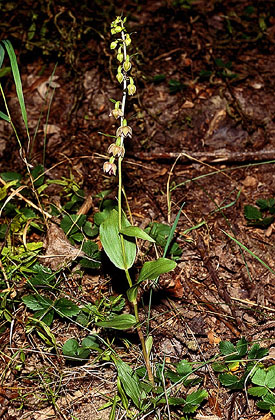
Abb. 68
Schweiz, Crans Montana, 18.08.2011
Foto: EG
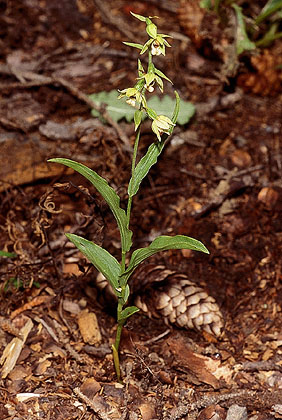
Abb. 69
Schweiz, Crans Montana, 18.08.2011
Foto: EG
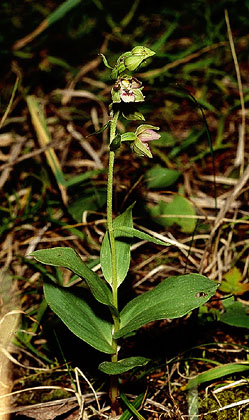
Abb. 70
Schweiz, Crans Montana, 18.08.2011
Foto: EG

Abb. 71
Schweiz, Crans Montana, 18.08.2011
Foto: EG

Abb. 72
Schweiz, Crans Montana, 18.08.2011
Foto: EG
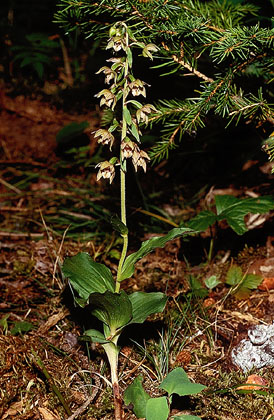
Abb. 73
Schweiz, Crans Montana, 18.08.2011
Foto: EG

Abb. 74
Schweiz, Crans Montana, 18.08.2011
Foto: EG
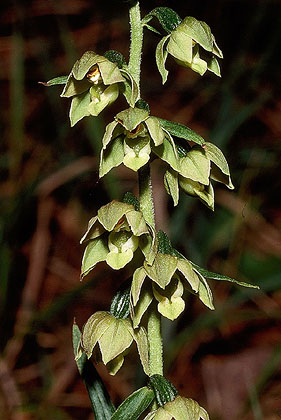
Abb. 75
Schweiz, Crans Montana, 18.08.2011
Foto: EG

Abb. 76
Schweiz, Crans Montana, 18.08.2011
Foto: EG

Abb. 77
Italien, Trento, Molina di Ledro, 31.07.2012
Habitus licht schattig
Foto: WW
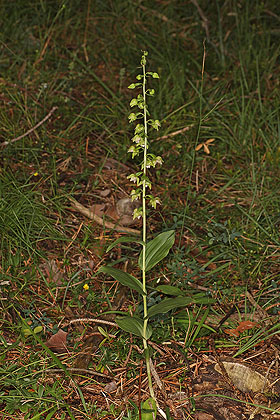
Abb. 78
Italien, Trento, Molina di Ledro, 31.07.2012
Habitus licht schattig
Foto: WW
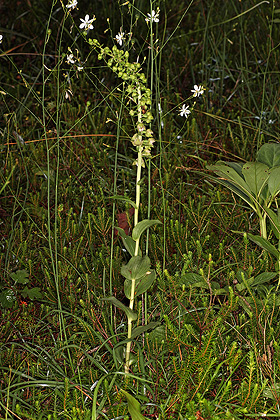
Abb. 79
Italien, Trento, Molina di Ledro, 31.07.2012,
kurzbl ättrige Pflanze bei hellem Wuchsort
Foto: WW

Abb. 80
Italien, Trento, Molina di Ledro, 31.07.2012,
kurze, ledrige Bl ätter bei sonnigem Wuchsort
Foto: WW

Abb. 81
Italien, Trento, Molina di Ledro, 31.07.2012,
dichter Blütenstand
Foto: WW
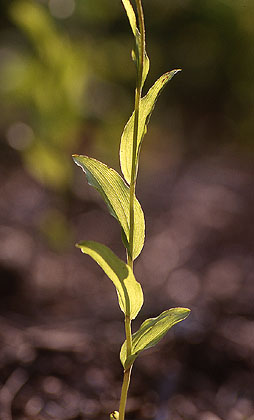
Abb. 82
Österreich, Wien, trockener Bahnschotter, deshalb relativ kurze, schräg gestellte, gelbliche Blätter,
21.06.1999
Foto: HP
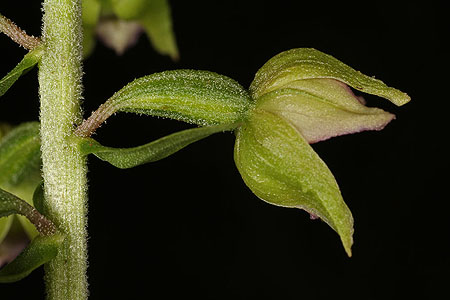
Abb. 83
Italien, Trento, Molina di Ledro, 31.07.2012
Blüte mit Violettem Blütenstiel
Foto: WW
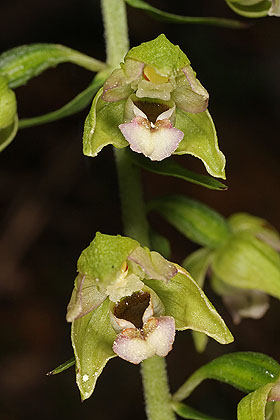
Abb. 84
Italien, Trento, Molina di Ledro, 31.07.2012,
helle Blüten
Foto: WW

Abb. 85
Italien, Verona, Crestena, 09.07.2007
Habitus licht schattig
Foto: WW
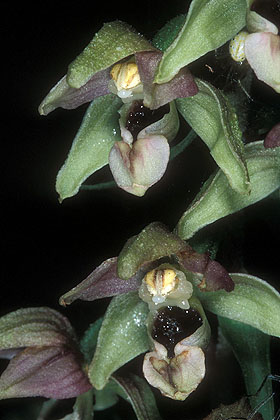
Abb. 86
Italien, Verona, Crestena, 09.07.2007
Bl üten mit hellem Epichil (nicht Ep. distans!)
Foto: WW

Abb. 87
Italien, Mt. Amiata, warmer Trockenwald,
06.08.2012
Foto: HP

Abb. 88
Spanien, La Rioja, Munilla, 27.06.2001
Habitus licht schattig
Foto: WW
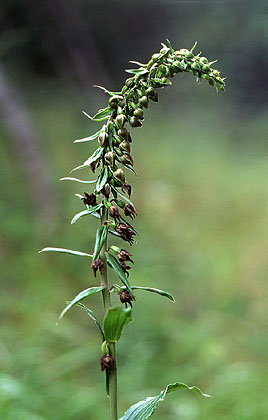
Abb. 89
Spanien, Roncal. Aufgrund von Trockenheit öffneten sich die Blüten nicht. 07.08.2006
Foto: HP

Abb. 90
Spanien, Ost- Pyrenäen,
08.08.2006
Foto: HP

Abb. 91
Kroatien, Velebit, sonniger Wegrand, 20.07.2007
Foto: SH
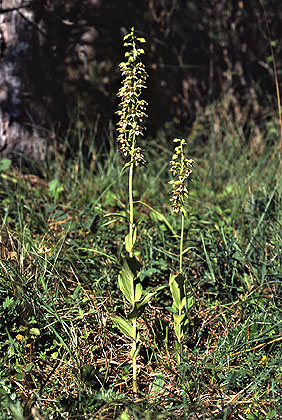
Abb. 92
Kroatien, Vrelo Koreničko, Magerrasen mit Kiefern,
14.07.2007
Foto: SH
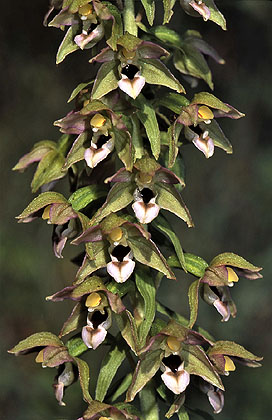
Abb. 93
Kroatien, Vrelo Koreničko, Magerrasen mit Kiefern,
14.07.2007
Foto: SH

Abb. 94
Bulgarien, Berkovica, 1000 m, 04.08.2017
zeitweise sonniger Standort
Foto: HP

Abb. 95
Bulgarien, Berkovica, 1000 m, 04.08.2017
zeitweise sonniger Standort
Foto: HP
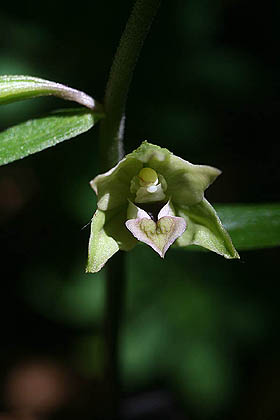
Abb. 96
Bulgarien, Berkovica, 1000 m, schattiger Standort, Exemplare mit hin-und hergebogenem Stängel
04.08.2017
Foto: HP
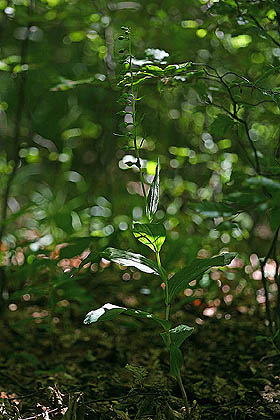
Abb. 97
Bulgarien, Berkovica, 1000 m, schattiger Standort, Exemplare mit hin-und hergebogenem Stängel,
04.08.2017
Foto: HP
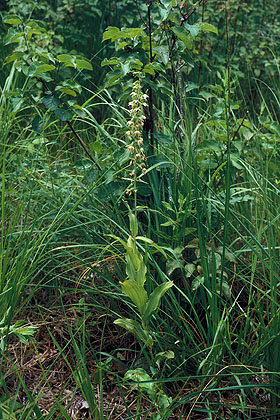
Abb. 98
Rumänien, Donaudelta, Letea, 10.07.2006
Habitus bei hellem Wuchsort
Foto: WW

Abb. 99
Rumänien, Donaudelta, Letea, 10.07.2006,
dichter Blütenstand
Foto: WW
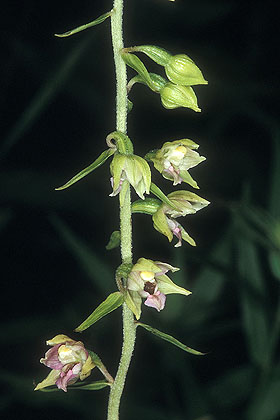
Abb. 100
Rumänien, Donaudelta, Letea, 10.07.2006,
lockerer Blütenstand
Foto: WW
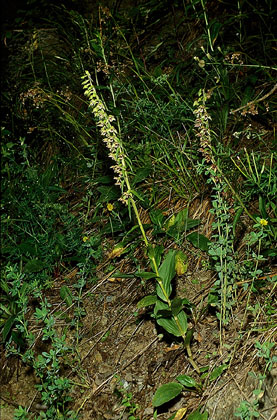
Abb. 101
Rumänien, Balea, Fagaras-Berge (Südkarpaten), 26.06.2007
Foto: EG

Abb. 102
Rumänien, Balea, Fagaras-Berge (Südkarpaten), 26.06.2007
Foto: EG

Abb. 103
Rumänien, Donaudelta, Letea, 09.07.2006,
normal gefärbte Blütet
Foto: WW
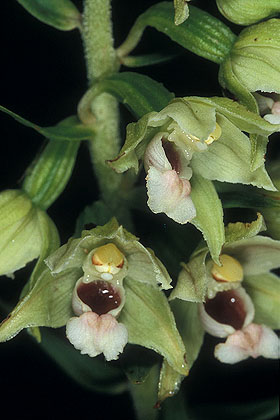
Abb. 104
Rumänien, Donaudelta, Letea, 10.07.2006,
sehr helle Blüte
Foto: WW
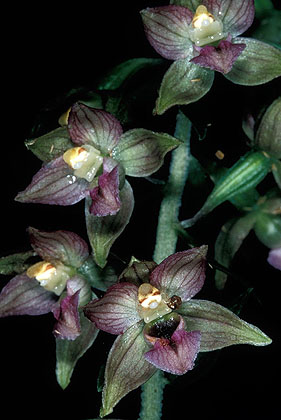
Abb. 105
Rumänien, Donaudelta, Letea, 23.06.2007,
intensiv gefärbte Blüte
Foto: WW
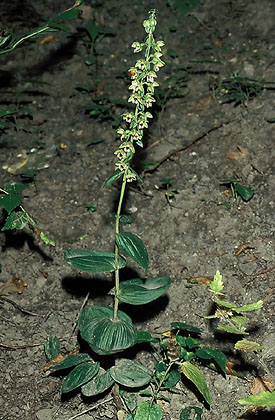
Abb. 106
Tschechische Republik, Korycany, 31.07.2004
Foto: EG
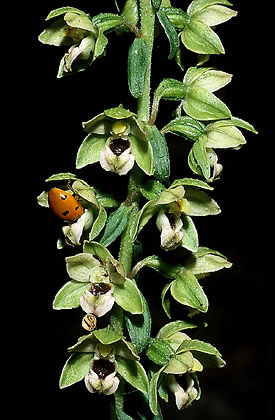
Abb. 107
Tschechische Republik, Korycany, 31.07.2004
Foto: EG
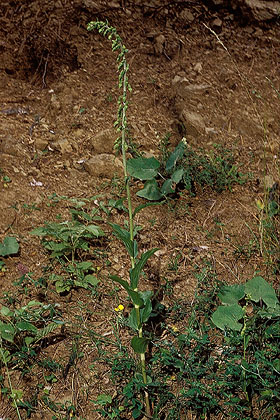
Abb. 108
Griechenland, Pefko, 15.07.1991
Foto: EG

Abb. 109
Nord-Griechenland, Kaimacsalan,31.07.2017
teilweise sonniger Standort
Foto: HP
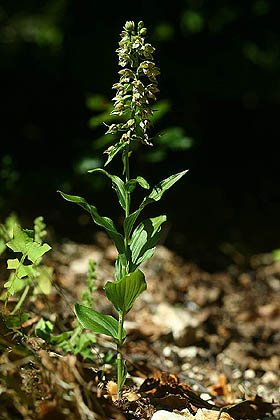
Abb. 110
Nord-Griechenland, Kaimacsalan,31.07.2017
teilweise sonniger Standort
Foto: HP
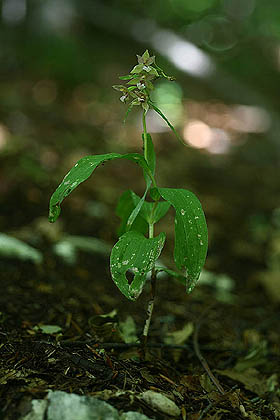
Abb. 111
Nord-Griechenland, Kaimacsalan,31.07.2017
schattiger Standort
Foto: HP
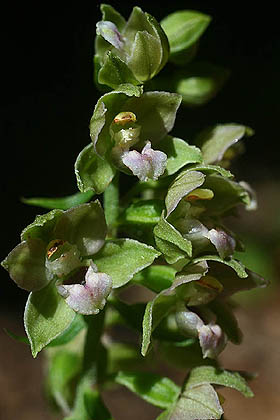
Abb. 112
Nord-Griechenland, Kaimacsalan,31.07.2017
teilweise sonniger Standort
Foto: HP
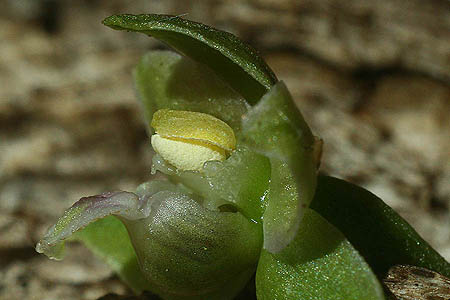
Abb. 113
Nord-Griechenland, Kaimacsalan,31.07.2017
teilweise sonniger Standort
Foto: HP
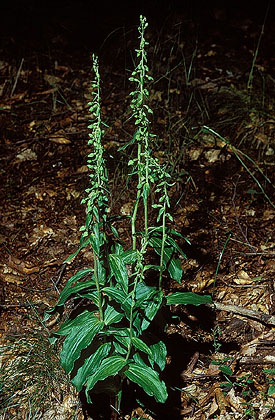
Abb. 114
Griechenland, Vermion, Gebirge Tria Pigadia, 20.07.1991
Foto: EG
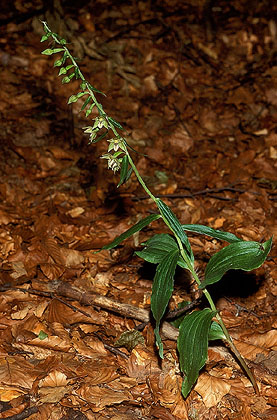
Abb. 115
Griechenland, Vermion, Gebirge Koutoulos, 22.07.1991
Foto: EG

Abb. 116
Griechenland, Milea, Trikala, 27.07.2001
Foto: EG

Abb. 117
Griechenland, Falakron, 14.07.2001
Foto: EG

Abb. 118
Griechenland, Falakron, 14.07.2001
Foto: EG
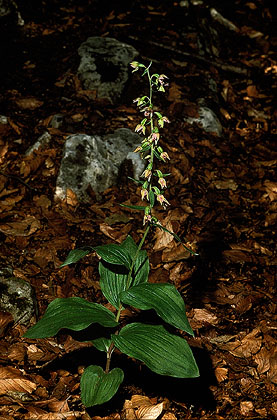
Abb. 119
Griechenland, Falakron, 15.07.2001
Foto: EG

Abb. 120
Griechenland, Falakron, 20.07.2001
Foto: SH
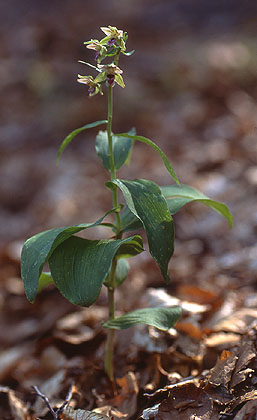
Abb. 121
Griechenland, Vrondous, 21.07.2001
Foto: SH
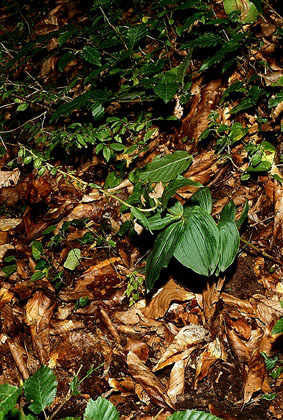
Abb. 122
Iran, Rudbarak, 19.08.2007
Foto: EG

Abb. 123
Griechenland, Vermion, Gebirge Tria Pigadia, 22.07.1991
Foto: EG
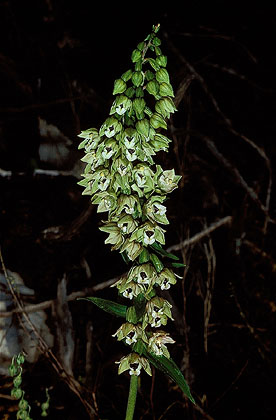
Abb. 124
Griechenland, Pindusgebirge, Pirra, 20.07.1991
Foto: EG
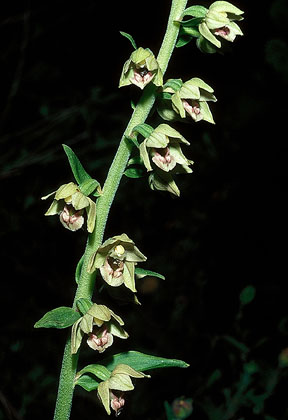
Abb. 125
Türkei, Antakya, 17.05.1995
Foto: EG
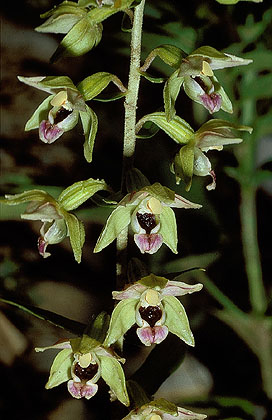
Abb. 126
Griechenland, Pindusgebirge, Pirra, 20.07.1991
Foto: EG
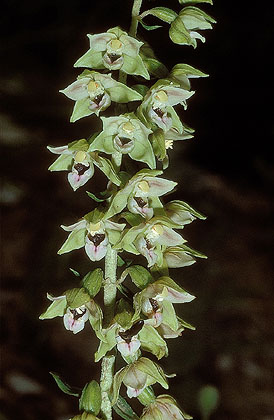
Abb. 127
Griechenland, Pindusgebirge, Pirra, 20.07.1991
Foto: EG
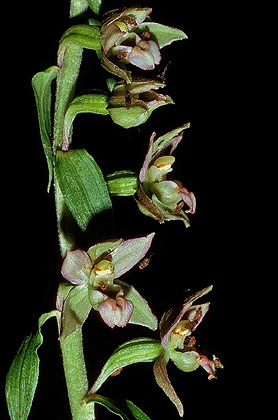
Abb. 128
Griechenland, Pindusgebirge, 20.07.1991
Foto: EG
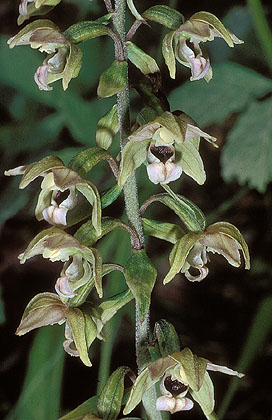
Abb. 129
Griechenland, Milea, Katarapass, 17.08.1991
Foto: EG

Abb. 130
Griechenland, Milea, Katarapass, 18.07.1991
Foto: EG
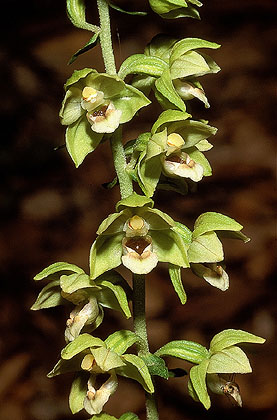
Abb. 131
Griechenland, Vermion, Gebirge oberhalb Tria Pigadia, 24.07.1991
Foto: EG
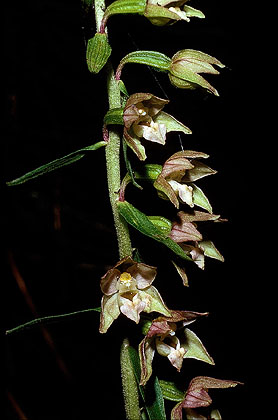
Abb. 132
Griechenland, Olymp Südseite, Trikala, 23.07.1991
Foto: EG

Abb. 133
Griechenland, Pindusgebirge, 20.07.1991
Foto: EG
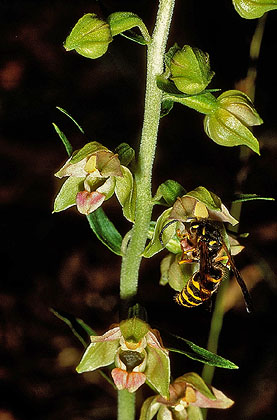
Abb. 134
Griechenland, Pindusgebirge, Pertouli, 18.07.2001
Foto: EG
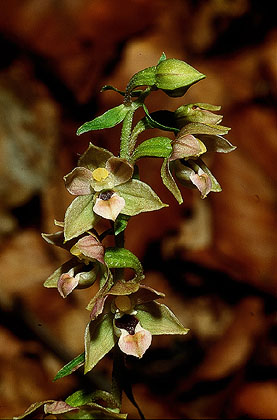
Abb. 135
Griechenland, Falakron, 14.07.2001
Foto: EG
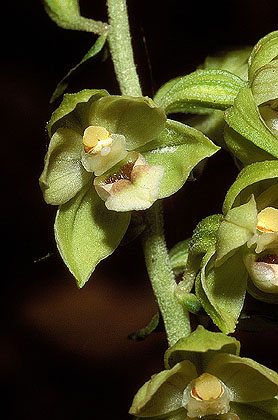
Abb. 136
Griechenland, Vermion, Gebirge oberhalb Tria Pigadia, 24.07.1991, Detail von 81
Foto: EG
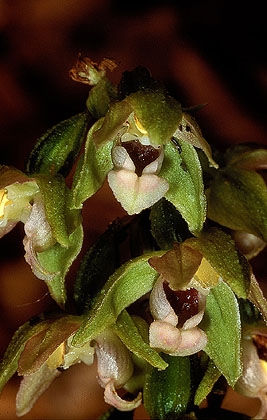
Abb. 137
Griechenland, Pangäon, 28.07.2001
Foto: EG
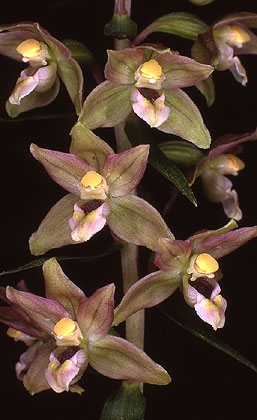
Abb. 138
Griechenland, Olymp, 10.07.2001
Foto: SH

Abb. 139
Griechenland, Olymp, 10.07.2001
Foto: SH
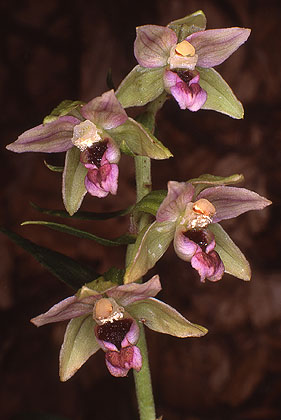
Abb. 140
Griechenland, Vrondous, 21.07.2001
Foto: SH
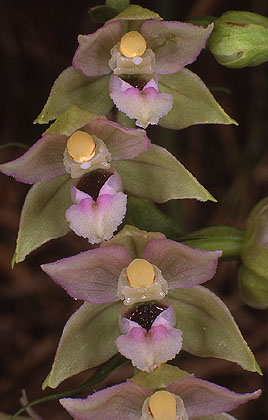
Abb. 141
Griechenland, Falakron, 20.07.2001
Foto: SH
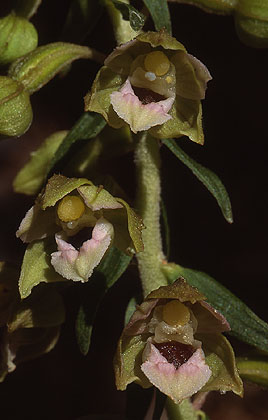
Abb. 142
Griechenland, Olymp, 12.07.2001
Foto: SH
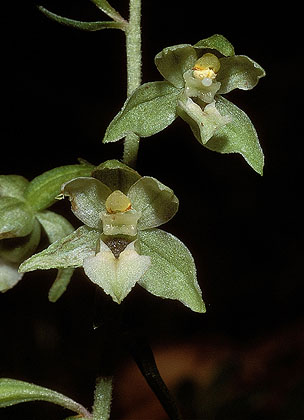
Abb. 143
Griechenland, Milea, Trikala, 27.07.2001
Foto: EG

Abb. 144
Griechenland, Milea, Katarapass, 18.07.1991
Foto: EG
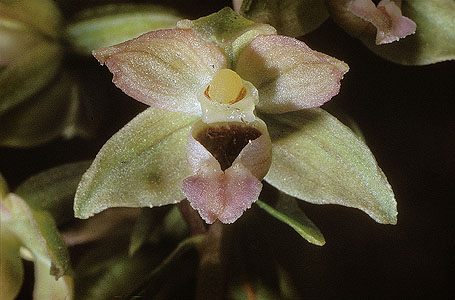
Abb. 145
Griechenland, Milea, Katarapass, 18.07.1991
Foto: EG

Abb. 146
Griechenland, Pindusgebirge, Kastanea, 20.07.1991
Foto: EG
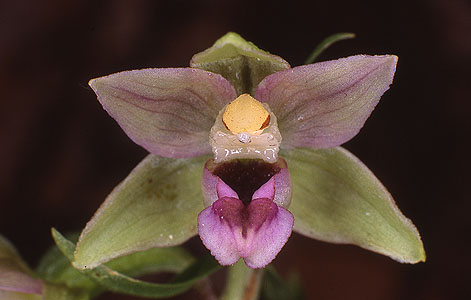
Abb. 147
Griechenland, Vrondous, 21.07.2001
Foto: SH

Abb. 148
Deutschland, Oberbayern, 1977+1996, Ansichten der Säule
Foto: WW
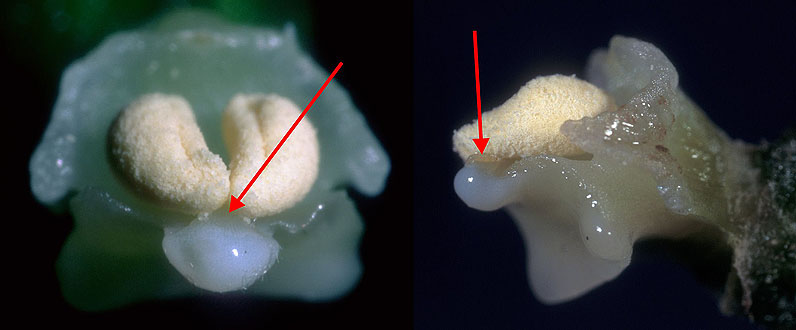
Abb. 149
Deutschland, Oberbayern, 1977+1996, der farblose Hamulus (roter Pfeil) verbindet die Spitze der gelben Pollinien mit dem weißen Viscidium
Foto: WW

Abb. 150
Deutschland, Oberbayern, Vorderriß, 08.08.2000, Blattrand
Foto: WW
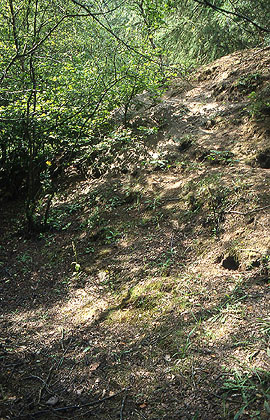
Abb. 151
England, Stonecroft Farm, 06.08.2002

Abb. 152
England, Stonecroft Farm, 15.07.1993, locus classicus
"typische youngiana "
Foto: EG
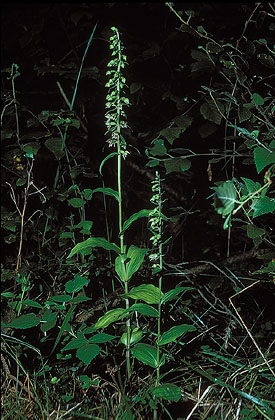
Abb. 153
England, Stonecroft Farm, 29.07.1993, locus classicus
Foto: EG
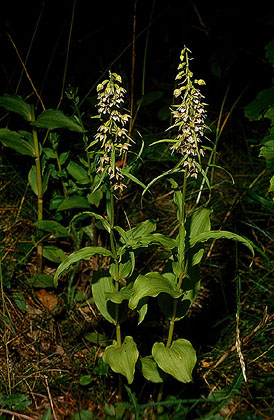
Abb. 154
England, Stonecroft Farm, 15.07.1992, locus classicus
Foto: EG
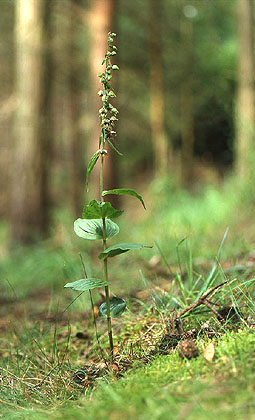
Abb. 155
England, Stonecroft Farm, 06.08.2002
Foto: HP

Abb. 156
England, Stonecroft Farm, 06.08.2002
Foto: HP
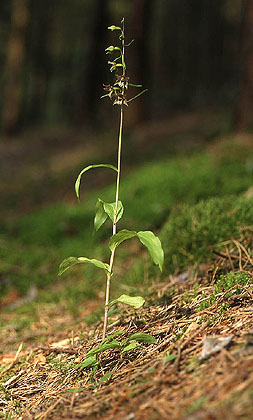
Abb. 157
England, Stonecroft Farm, 06.08.2002
Foto: HP
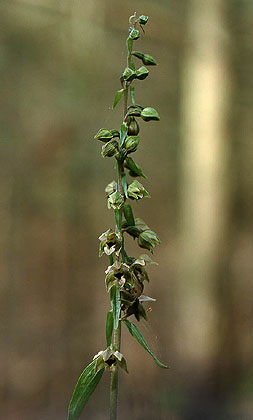
Abb. 158
England, Stonecroft Farm, 06.08.2002
Foto: HP
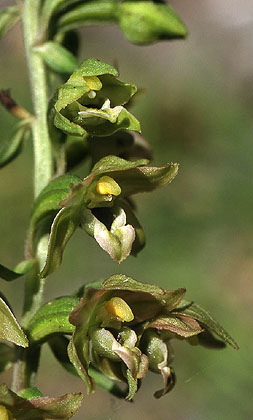
Abb. 159
England, Stonecroft Farm, 06.08.2002
Foto: HP
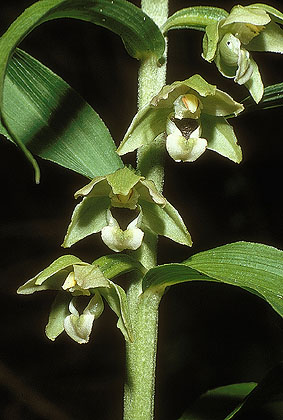
Abb. 160
England, Stonecroft Farm, 15.07.1993, locus classicus
Foto: EG
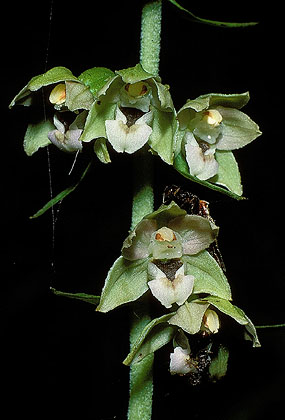
Abb. 161
England, Stonecroft Farm, 15.07.1992, locus classicus
Foto: EG

Abb. 162
England, Stonecroft Farm, 15.07.1992, locus classicus
Foto: EG

Abb. 163
England, Stonecroft Farm, 15.07.1992, locus classicus
Foto: EG

Abb. 164
England, Stonecroft Farm, 06.08.2002
Foto: HP
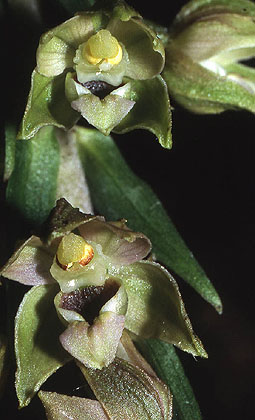
Abb. 165
England, Stonecroft Farm, 06.08.2002
Foto: HP

Abb. 166
England, Stonecroft Farm, 29.07.1993, locus classicus
in der frisch geöffneten Blüte ein Viscidium, wurden von Wespen befruchtet
Foto: EG
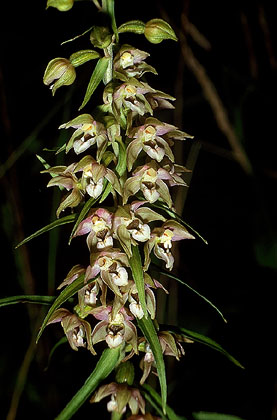
Abb. 167
England, Stonecroft Farm, 15.07.1992, locus classicus
in der frisch geöffneten Blüte ein Viscidium, wurden von Wespen befruchtet
Foto: EG
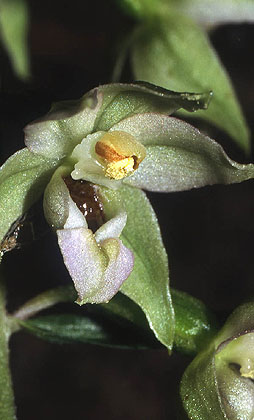
Abb. 168
England, Stonecroft Farm, 06.08.2002
Foto: HP

Abb. 169
England, Stonecroft Farm, 06.08.2002
Foto: HP

Abb. 170
England, Stonecroft Farm, 06.08.2002
Foto: HP

Abb. 171
England, Stonecroft Farm, 06.08.2002
Foto: HP
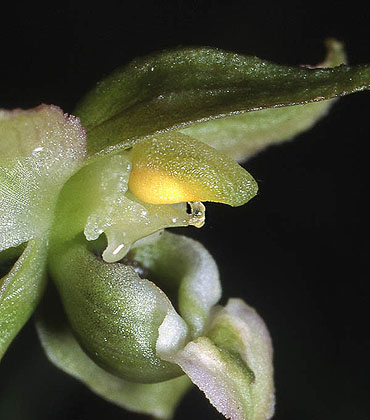
Abb. 172
England, Stonecroft Farm, 06.08.2002
Foto: HP

Abb. 173
England, Stonecroft Farm, 06.08.2002
Foto: HP

Abb. 174
England, Stonecroft Farm, 06.08.2002
Foto: HP
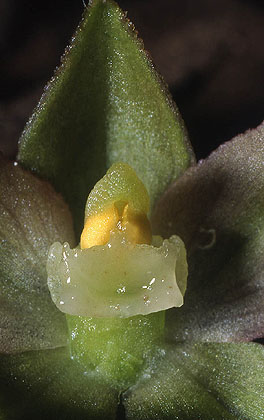
Abb. 175
England, Stonecroft Farm, 06.08.2002
Foto: HP
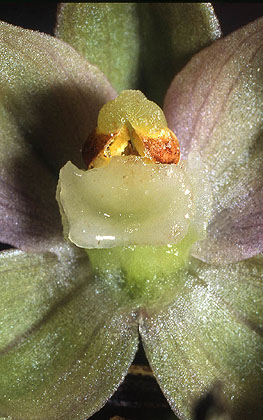
Abb. 176
England, Stonecroft Farm, 06.08.2002
Foto: HP
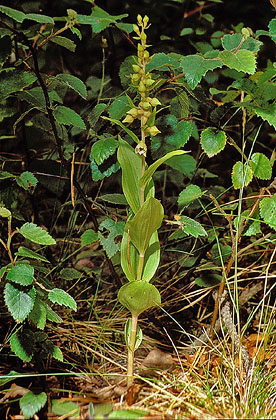
Abb. 177
England, Stonecroft Farm, 15.07.1992, locus classicus
Hybride zwischen helleborine und phyllanthes
Foto: EG
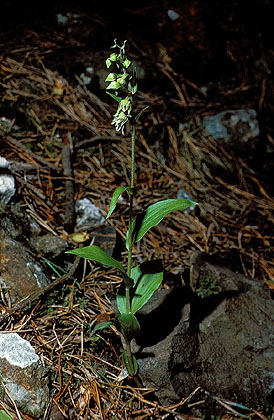
Abb. 178
England, Stonecroft Farm, 29.07.1993, locus classicus
geht mehr in Richtung phyllanthes
Foto: EG

Abb. 179
England, Stonecroft Farm, 29.07.1993, locus classicus
Hybride zwischen helleborine und phyllanthes
Foto: EG